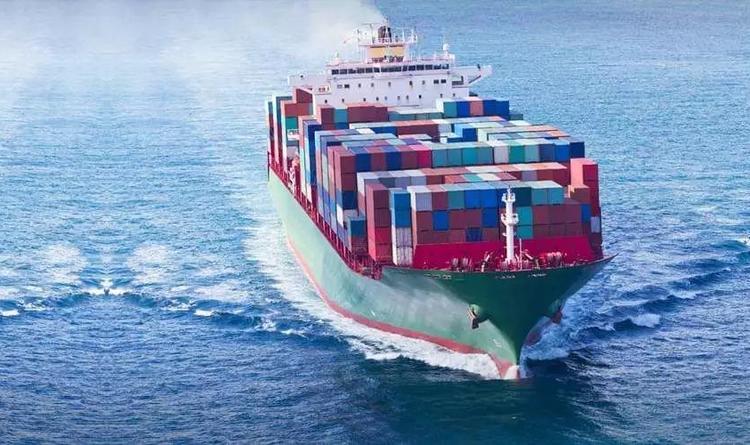
International Shipping By Container||Basic knowledge of shipping-container ship
International Shipping By Container
Container ship, also known as "container ship". The broad sense refers to a ship that can be used to load international standard containers; the narrow sense refers to a full container ship with all cabins and decks dedicated to loading containers. Its cargo capacity is usually expressed in terms of the space of 20 feet or 40 inches converted into standard containers. The first container ship was converted from a cargo ship by the United States in 1957. Because of its extremely high loading and unloading efficiency, the time of stopping at the port is greatly shortened, and the cargo damage during transportation loading and unloading is reduced, so it has developed rapidly. By the 1970s, container ships had matured and finalized.The characteristics of container ships are that containers of uniform specifications are stacked in the cargo hold and on the deck. The hatches are wide and long, and the deck is small, often double hulls, mostly stern ships, and short superstructures. Ocean-going container ships usually use bulbous bow and square stern. Most of them rely on port cranes for loading and unloading, and a few have their own loading equipment. Container ships can be divided into full container ships and semi-container ships, and their structure and shape are significantly different from conventional cargo ships. Container ships have high loading and unloading speeds and short docking times. Most of them use high speeds, usually 20-23 nautical miles per hour. In recent years, in order to save energy, the economic speed is generally adopted, about 18 knots. Container ships sailing short distances along the coast have a speed of only about 10 nautical miles per hour. In recent years, about 70%-90% of the groceries imported and exported from the United States, the United Kingdom, Japan and other countries are transported in containers. At present, the largest container ship can carry 24,000 TEUs.
Features of container ships:
1. Both the cargo hold and the deck are loaded with containers, and the cargo hold is square and has a large depth;
2. The cargo hold opening is wide and the cargo hold cover is strong;
3. Most are single-deck structures. In order to ensure the strength of the hull and improve the torsional strength, the hull is designed as a double bottom and double-hull side structure, and a torsion box structure is set on the top of the double side side;
4. In order to prevent the cargo box from moving and fixing the cargo box, the cargo hold is equipped with a grid type shelf (box grid guide rail system), and a base and a lashing bridge are provided on the deck;
5. High loading and unloading efficiency, less cargo damage and cargo difference;
6. The main engine has higher power and higher speed;
7. The square coefficient Cb of ocean-going high-speed container ships is less than 0.6; (the data expressing the degree of fatness of the underwater shape of the ship.)
8. Mostly mid-tail type or tail type;
9. Generally, no lifting equipment is installed on the ship.
Container ship routes.
Container ship routes can be divided into trunk lines and branch lines. Trunk lines refer to the lines used by large container ships to navigate, while branch lines refer to the lines used by small container ships to provide cargo for large container ships. Both ends of the container ship trunk line are container ship hub ports, while the branch lines are routes between relatively small ports such as inland rivers or coastal areas. At present, the main container ship trunk lines include:
Far East to North America routes (including the Far East to the West Coast of North America and the Far East to the East Coast of North America and the Gulf of America); North America to Europe and the Mediterranean Route (including the East Coast of North America and the Gulf of America to Europe and the West Coast of North America to Europe); Far East to Europe and the Mediterranean Route (Far East via Malacca Strait and Suez Canal to Mediterranean and Northwestern Europe); Far East to Australia and New Zealand routes; Australia, New Zealand to North America routes; Europe, Mediterranean to West Africa, South Africa routes.








Leave a comment